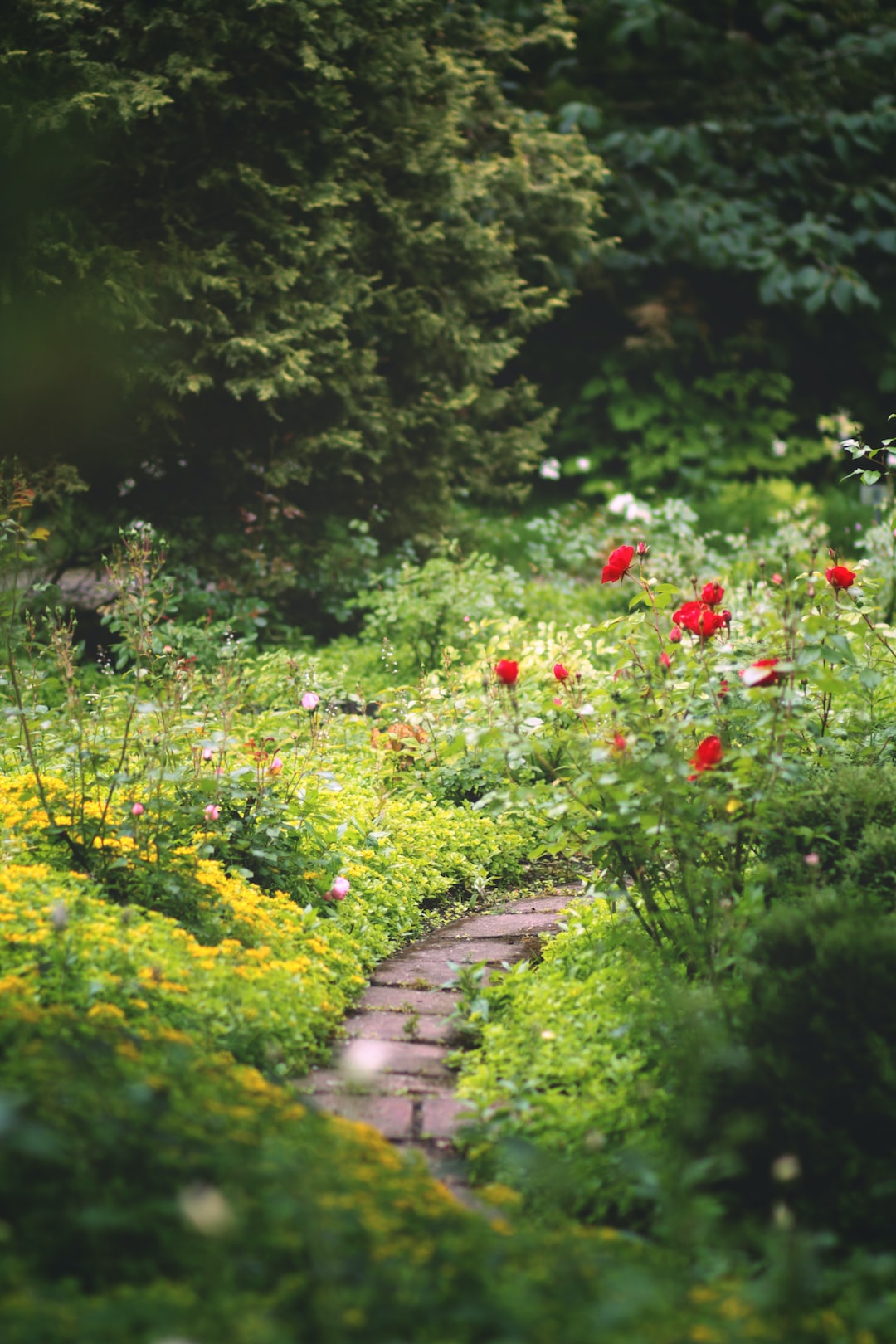The Role of Color in Garden Design: Using Hues to Create Impact
When it comes to garden design, color plays a crucial role in creating impact and setting the overall mood of the space. The skilled use of hues can transform a mundane garden into a vibrant sanctuary that not only appeals to the eyes but also enhances our emotional wellbeing. Whether you’re a seasoned gardener or a novice, understanding how to effectively utilize color can have a profound impact on the success of your outdoor space.
The first step in utilizing color effectively is understanding the basic principles behind it. Colors can be divided into warm and cool tones, each creating a different visual and emotional effect. Warm colors, such as reds, yellows, and oranges, evoke a sense of energy and passion. They tend to make objects appear closer and can be used to create a dynamic and visually stimulating garden design. On the other hand, cool colors, like blues, greens, and purples, create a calming and serene atmosphere. They have a visually receding effect and are perfect for creating a sense of depth and tranquility.
Next, it’s important to consider the overall theme or mood you want to achieve in your garden. If you’re going for a tranquil retreat, a cool color palette with shades of blue and purple will be most suitable. On the other hand, if you want to create a vibrant and lively space, using warm colors like reds and oranges will help achieve that goal. Additionally, think about the seasons and the specific areas in your garden where you want to create impact. For example, using bright oranges and yellows in a fall garden can create a stunning display as the leaves change color.
Another aspect to consider is the use of contrasting colors to create visual interest. Contrasting colors are those found on opposite sides of the color wheel, such as red and green or blue and orange. When used together, they create a striking and eye-catching effect. However, it’s important to use contrasting colors sparingly to avoid overwhelming the senses. A few well-placed pops of contrasting colors can create focal points and draw attention to specific areas of your garden.
Furthermore, it’s essential to think about the roles different colors can play in the garden. For example, the color green is often associated with nature and growth. Using different shades of green in your garden design can create a sense of harmony and provide a soothing backdrop for other colors. In contrast, a burst of red or orange can add excitement and energy to your garden, while purples and blues can create a sense of tranquility and calmness. By strategically using these colors, you can guide the way visitors experience your garden and create a harmonious balance.
In conclusion, color is a powerful tool that can transform your garden and create impact. Understanding the principles of color and how it affects our emotions and perception is key in creating a visually appealing and harmonious outdoor space. By considering the mood you want to evoke, using contrasting colors wisely, and utilizing the different roles that colors play, you can create a garden that is not only beautiful to look at but also enhances the overall experience. So, go ahead and paint your garden with the hues that inspire you and watch it bloom into a vibrant and captivating sanctuary.
